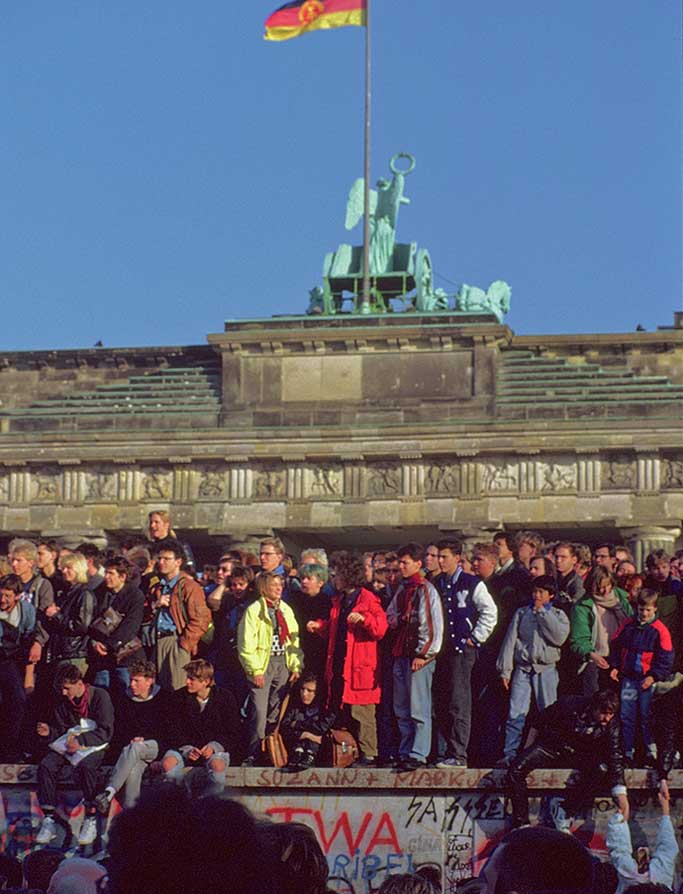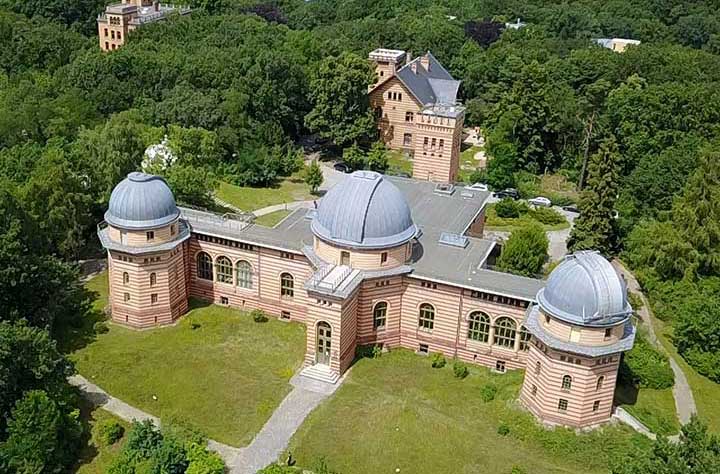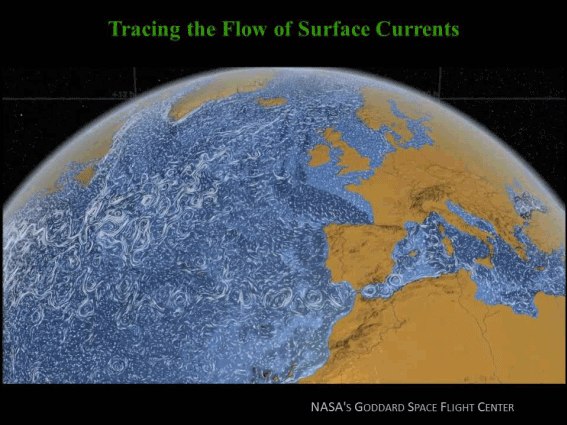When the Berlin Wall was torn down, Professor Schellnhuber was in England. He had not seen the news for a while and learned about the wall on the airplane flying back to Germany. The newspaper posted a picture on the front page of people dancing on the Berlin Wall. At first, he could not understand what had happened. He thought it had to be a hoax, but it was true.

The Fall of the Berlin Wall
Now the research efforts clarified above mentioned. , but it wasn't around 1990. In the 1980s, the world just began to recognize the issue of global warming. Even as late as the 1990's, the global warming stayed as the puzzlling problem for the scientific community. In 1988, the Intergovernmental Panel on Climate Change (IPCC) was established to gather together the knowledge gained by researchers and provide the world with a scientific view of climate change and its impact. It was immediately before the reunification of Germany.
Supporting this, the reunified Germany also agreed on the need to establish an institution to research the impact of climate change. In 1993, the Potsdam Institute of Research (PIK) was established in Potsdam, which was in former East Germany.

The PIK seen from the air
For years, Professor Schellnhuber worked to clarify complex and unpredictable natural phenomena. While he was uniquely qualified to take the lead in this, such research required knowledge from a variety of fields such as the natural and social sciences as well as physics. Professor Schellnhuber approached his work by gathering researchers at the PIK specializing in these wide-ranging fields.

A computer simulation created at the PIK. Reproducing the oceanic currents is possible.










